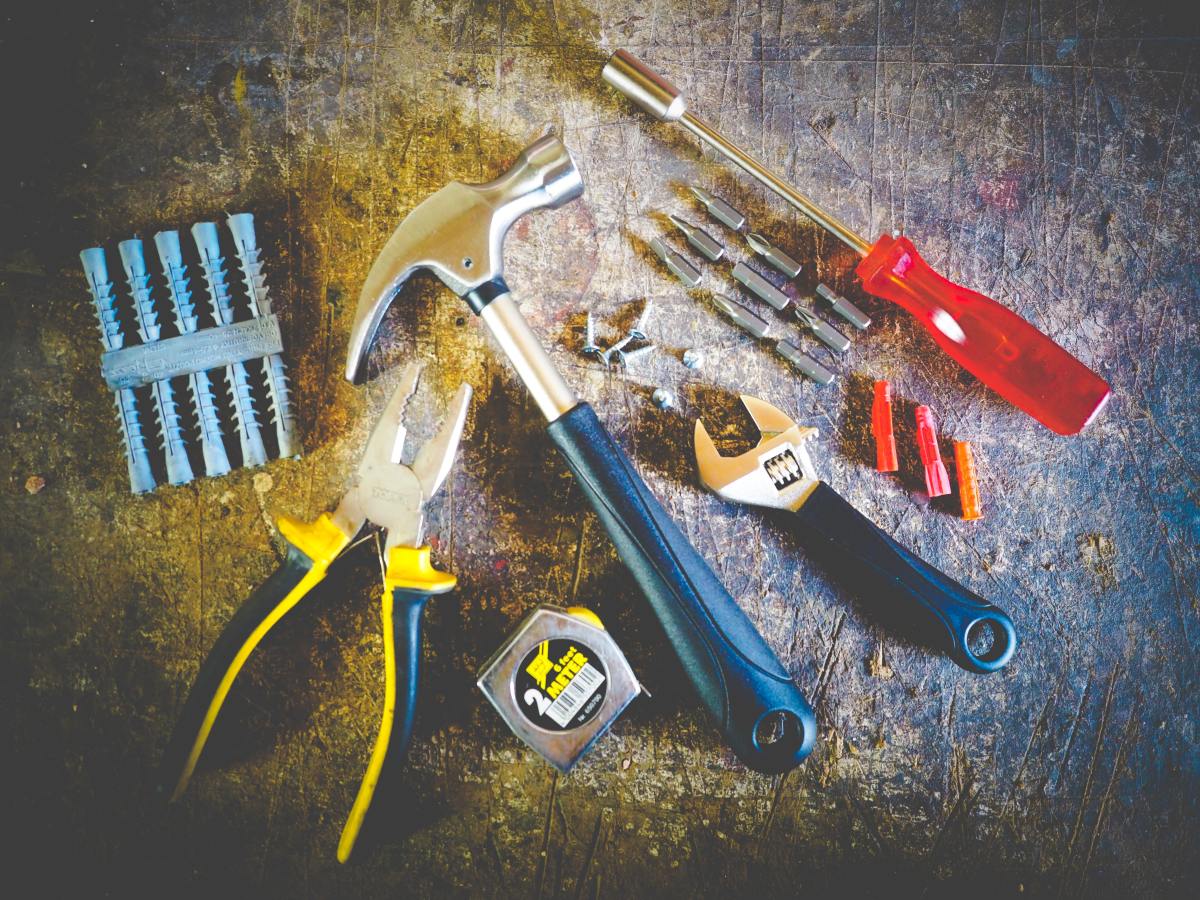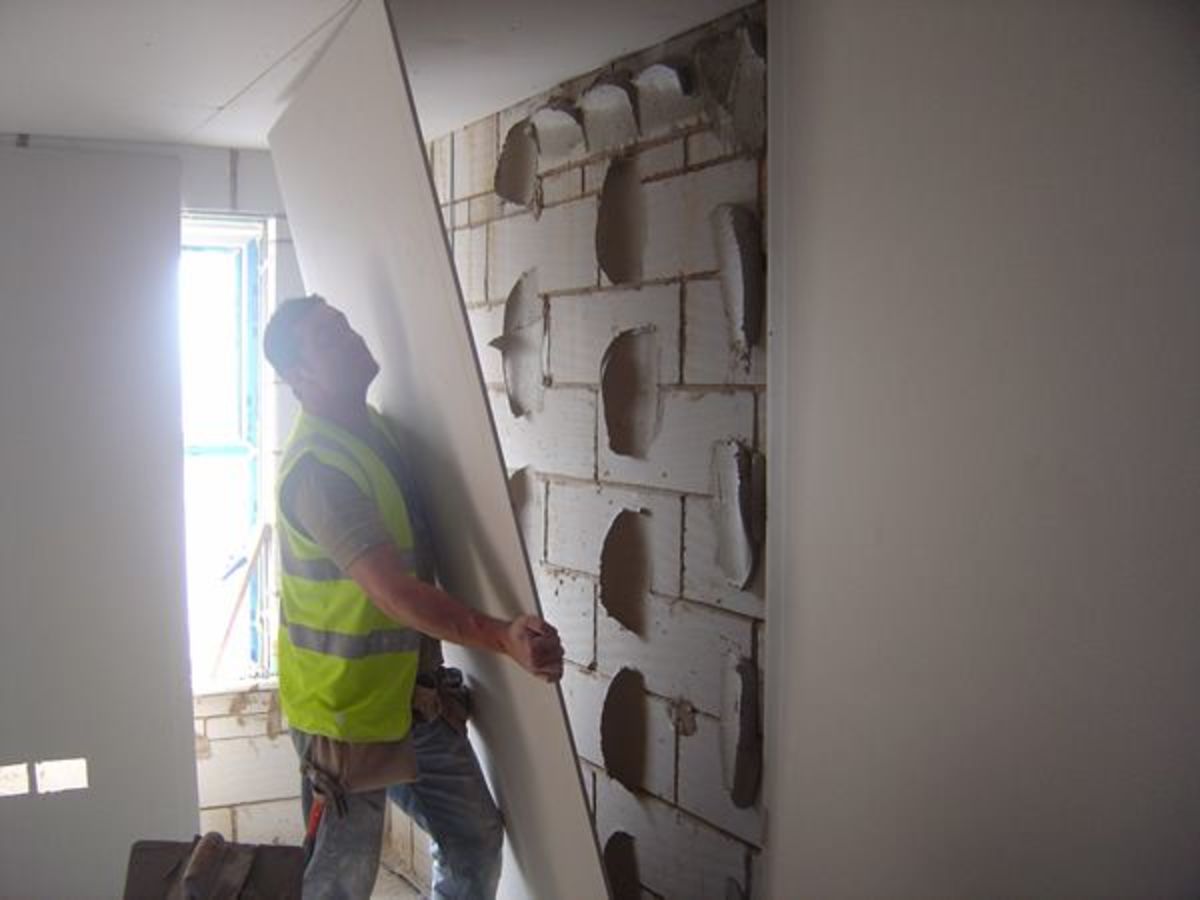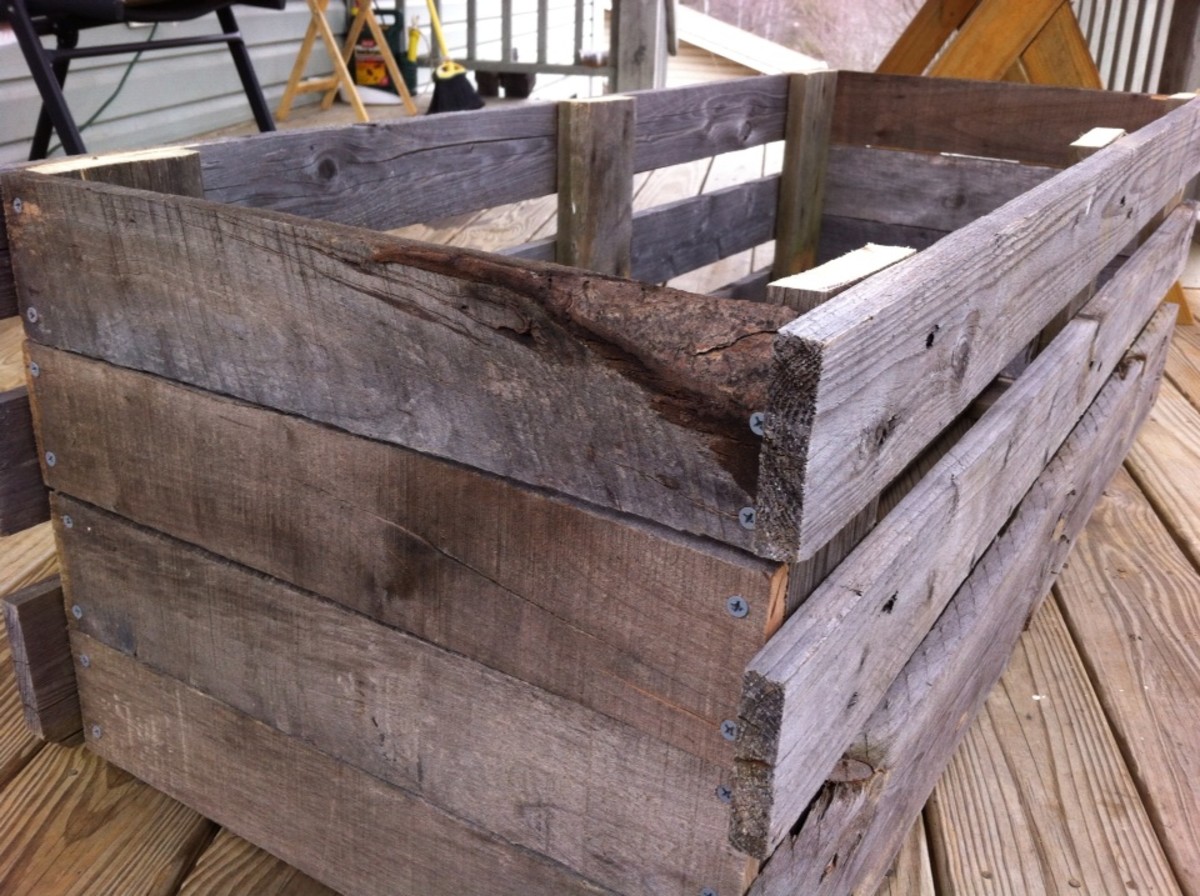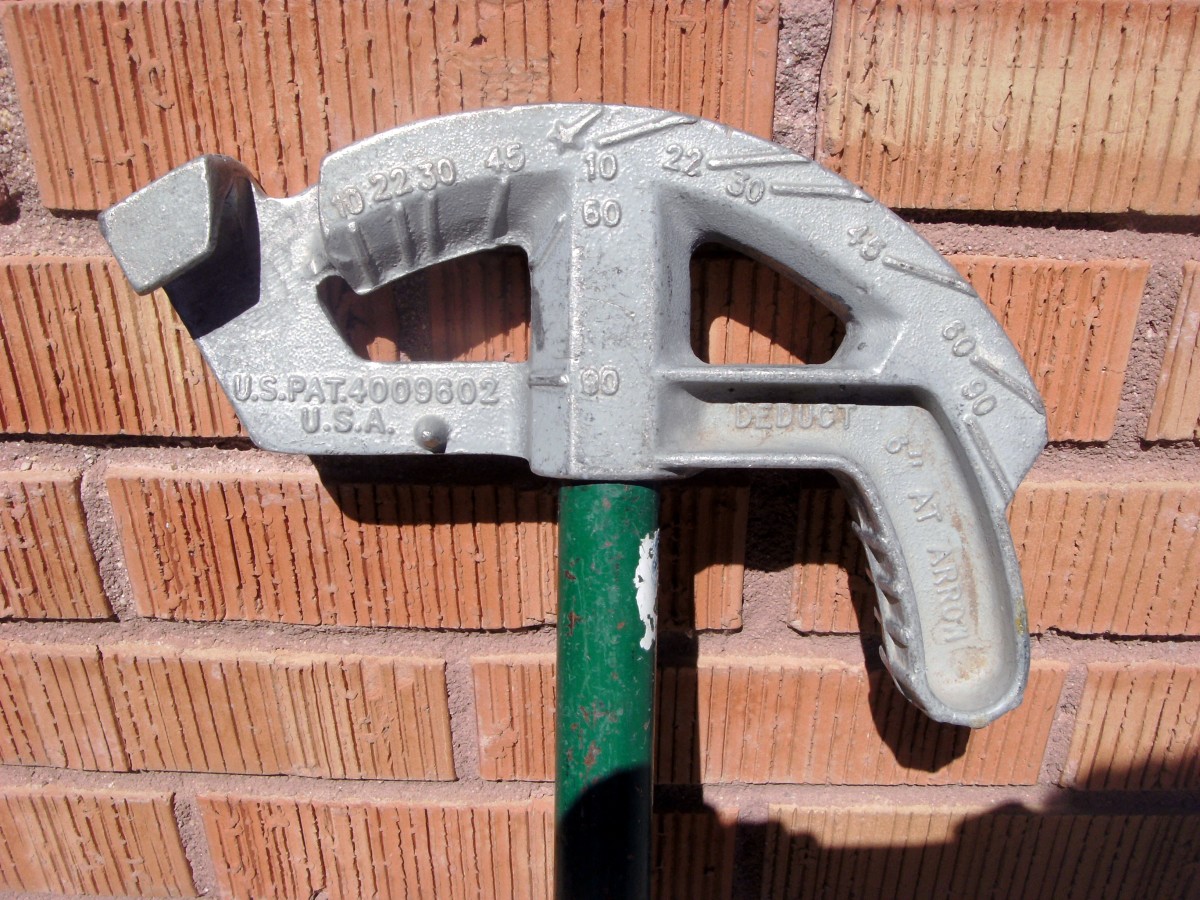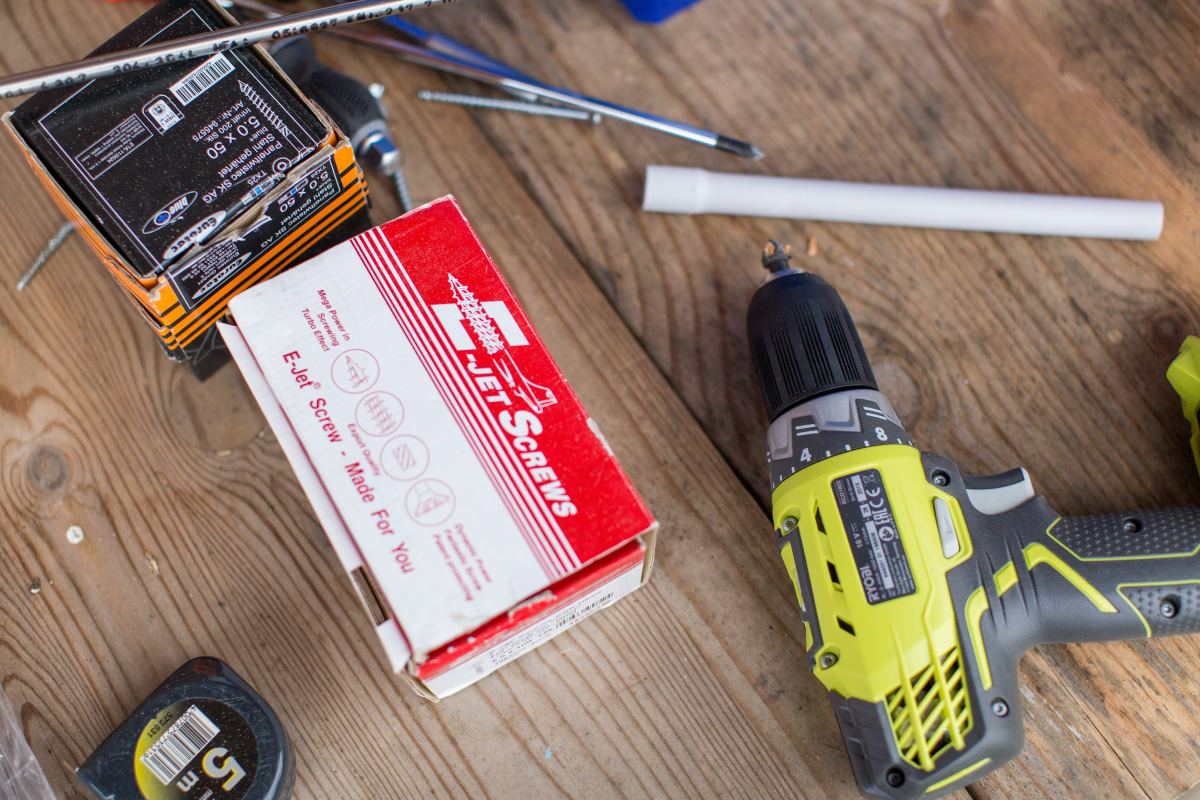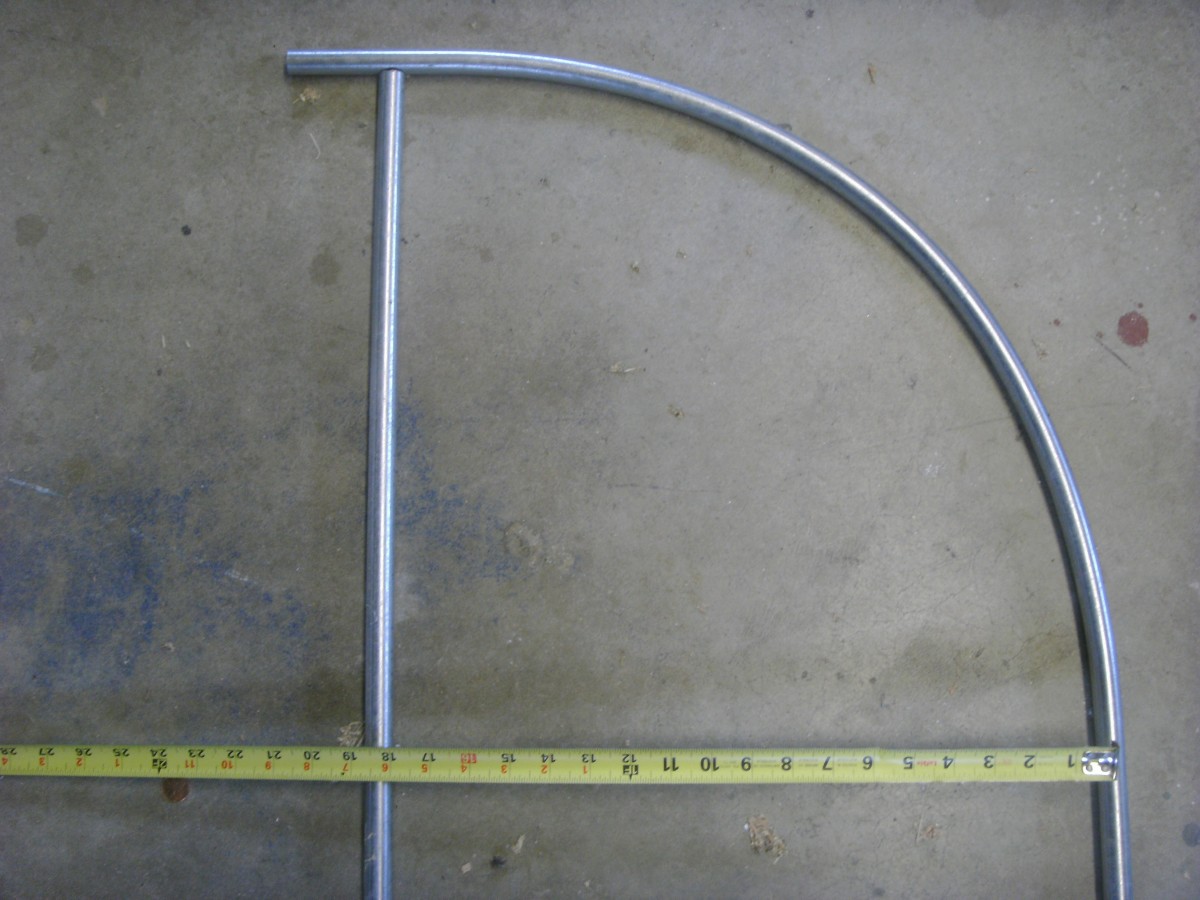Using a Water Level on Large Construction Projects
Essential tools---a level
Having the proper tools for do-it-yourself construction projects always makes things go much more smoothly. But some tools are more expensive than the typical DIY-er wants to spend, or you just don't have the kind of space necessary for storing power tools and larger items. There are some tools that are a must-have for every arsenal: a hammer, screwdriver/drill, tape measure, cross-cut saw, and most importantly, a level. All of these hand tools are fairly compact and easy to store, especially the level, which for all intents and purposes, doesn't need to be longer than 3 or 4 feet.
Whether you choose a small torpedo level, a box beam level, or an I-beam level, nothing will ever seem long enough when you're working on those big projects. You could purchase a laser level, but how many large projects are you really planning to complete? Is it worth the extra expense? In contrast, a torpedo level fits in a drawer and can be used around the house for anything from leveling picture frames, shelves, and countless other objects around the house. Any size level can be extended using a long level board, but when you're looking at checking a span of 20, 30, or 40 feet, not even an I-beam level is going to make that an easy task.
So how do you check that the four corners of your new work shop are level? How do you grade a 1,000 square feet of space to lay a foundation? The answer is to use a water level---one of the earliest hand tools used by countless civilizations.
Making your own water level
You can purchase a water level at your local hardware store, or you can make your own for just a few dollars. All you need for an accurate and simple water level is a reservoir, clear plastic tubing, and some water. A little food coloring and some spring clamps may be a helpful, but are not necessary.
Reservoirs are easy to come by. Anything from a coffee can to a 5 gallon bucket will work as a reservoir for your water level. Set your reservoir in a central location, higher than the highest point you are measuring. Once you have an established location for your reservoir, you can't move it or your measurements will not be accurate. Use a ladder or build a pedestal out of bricks, wood, or other material that will create a stable, flat surface on which your reservoir can sit.
Clear-plastic, flexible tubing is available at most hardware stores for only a few cents per linear foot. Buy enough tubing to span the length of your project so you are never pulling the tubing tight away from the reservoir. The beauty of a water level is it will be extremely accurate for a span of 2 centimeters or 2 kilometers, so give yourself enough slack to move around without stretching your tube.
Drill a hole in the side of your reservoir---the exact height of the hole doesn't matter---and feed the tube through the hole so about 1 to 2 inches sits inside your reservoir. Using silicone seal, secure the tubing in the hole and seal the area around the hole in the reservoir. Ensure the hole is not so small that it pinches the tube. Let the seal dry completely before filling your reservoir.
Using your water level
Water levels work on the principal that water seeks its own level. To ensure your level works properly and provides an accurate reading, don't let your tubing kink, make sure the tube has no large air bubbles, and do not put your finger over the end of the tube. Fill your reservoir to a level above the point where the tube enters the bucket. Siphon water into the tube while maintaining the water level in the reservoir above the tube to prevent air bubbles. To speed up the process of filling the tube with water, place the reservoir on top of something high like the top of your pickup truck, or a tall ladder and let gravity do the work for you. Allow the tube to fill until the water is a few inches from the end.
Once your tube is full of water, you're ready to use your water level. To make the water in the tube easier to see, consider adding some food coloring. Set up your reservoir in the middle of your project where it won't obstruct your movements. Bring the end of your tube to the first point you want to level. Holding the end of the tube vertically---allowing the water level to settle---mark the height of the water on a measuring stick or stake. Moving your level and measuring stick to the next position, check that the next point of reference shows the water level in your tube at the same height as the mark on your measuring stick. As long as the reservoir remains stationary, the water in the tube will always be at the same height, no matter where you move on your project or how high you hold the tube!


